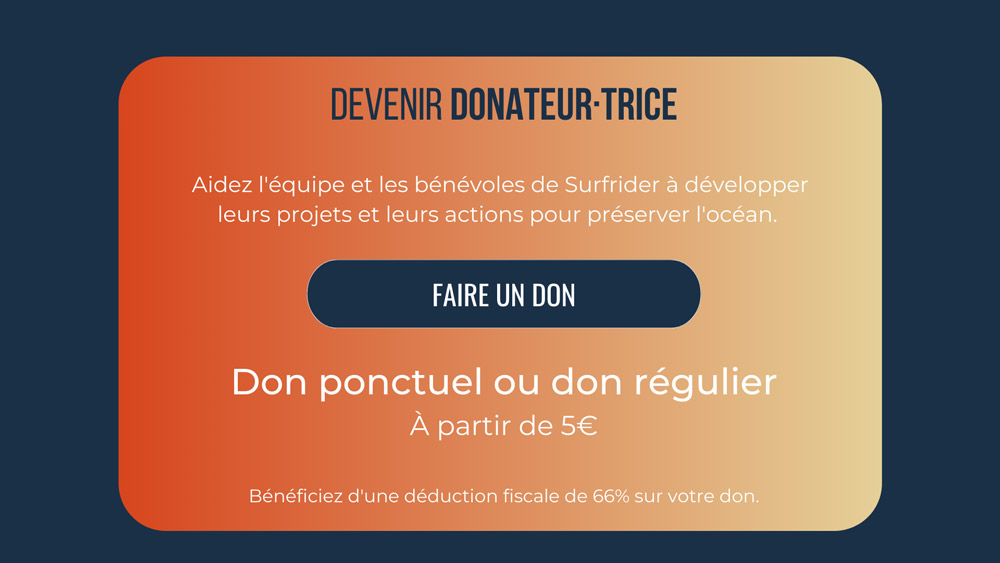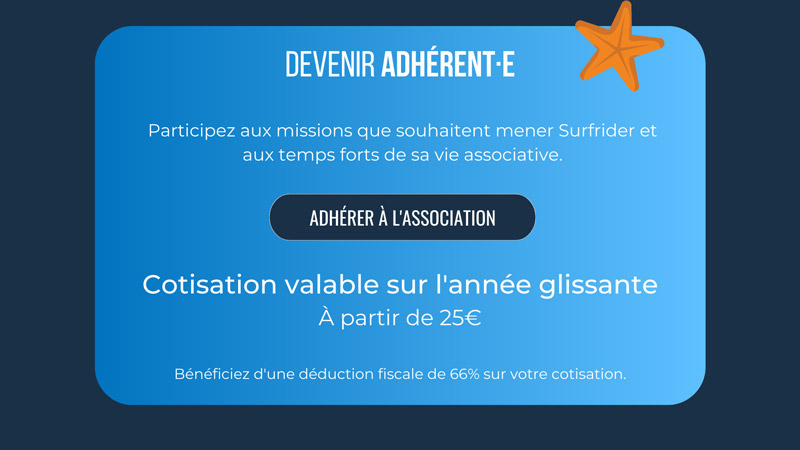Surfrider Europe has been regularly monitoring these toxic microalgae for 10 summer seasons. This protocol remains essential for monitoring the quality of bathing water in the Mediterranean.
An omnipresent risk
Although summer 2019 has not seen large outbreaks of Ostreopsis Ovata, its omnipresence remains a danger to users. Indeed, during a paddle or kayak ride, during a swim or even while walking along the coast, especially in strong winds, you can be in contact with the toxin of Ostreopsis Ovata. Very volatile, it can be present in sea spray. For the most exposed and fragile subjects, its toxins can cause itching and redness, symptoms of flu-like conditions, breathing difficulties. These usually disappear after a few days.
This microalga is also harmful to the environment. Its proliferation causes the death of fauna and flora contaminated by the toxin present in the food chain. Its presence in the form of a cloud also stifles the seabed.


Why in the Mediterranean?
Calm creeks and rocky coves are favourable environments for the development of the Ostreopsis Ovata. Its blooms occur during the summer season when the waters warm up. Its presence can be observed on the surface by brown and gelatinous clusters or underwater by covering the bottoms with a brown film. Therefore, since 2016, the monitoring carried out by Surfrider has been extended to the three Mediterranean regions of PACA, Occitania and Corsica with 7 regular sampling sites during the summer.



